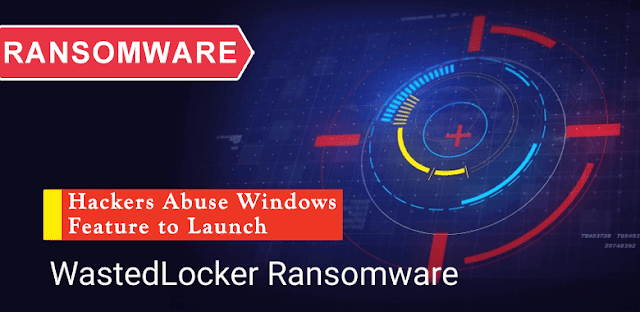Recently one of the most dangerous ransomware, WastedLocker, owes its success to a unique bypass mechanism for security solutions and tools that block ransomware.
Initially, WastedLocker appeared this year in May, and it’s a part of the arsenal of the famous cybercriminal group Evil Corp, which is also known as Dridex.
It was used in the dramatic attack on Garmin, which allegedly paid Evil Corp $10 million for a file decryption tool or key. This is one of the latest incidents in a growing number of ransomware attacks against large organizations.
Apart from this, the security researchers at Sophos briefly analyzed WastedLocker and discovered that it uses supplementary tools to evade detection.
Memory trick
The creators of WastedLocker have conceived a sequence of tactics to agitate behavior-based anti-ransomware solutions. Many ransomware families use code obfuscation to evade detection, but the creators of the WastedLocker have added another layer of protection to it.
As WastedLocker interacts with the Windows API functions straight from memory, where behavior-based ransomware detection tools cannot reach to abuse Windows to launch itself. Here, to evade the security tools, WastedLocker encrypts the files on the compromised system using memory-mapped I/O.

This method allows the ransomware to transparently encrypt cached documents in memory without causing additional disk I/O. When the security tool detects the infection, it gets too late to do anything or take any further actions to defuse it.
The first signs of an attack are the already encrypted files and a ransom note. If attackers manage to gain administrator credentials, then they can easily connect to the VPN or disable the security tools installed on the affected systems.
Code evolution
- Abuse of Alternate Data Streams (ADS)
- Customized API resolving method
- UAC bypass
- Encryption methods
- Ransom note composition
- Similar style of command-line arguments
Moreover, in the absence of two-factor authentication, the threat actors can easily log into RDP, VPN, and admin panels. So, to avoid these types of cyber threats, you should always keep your system OS up to date, use a VPN, a reliable security solution, and a reliable data backup solution.








